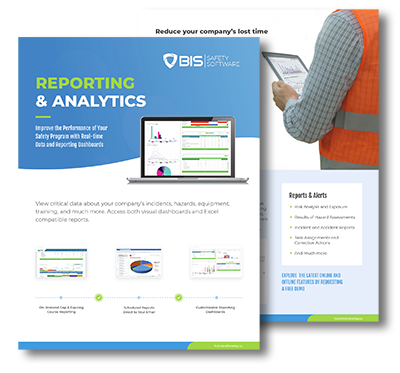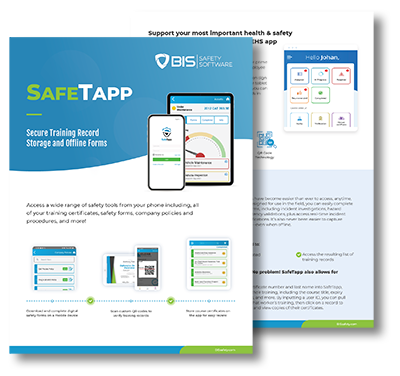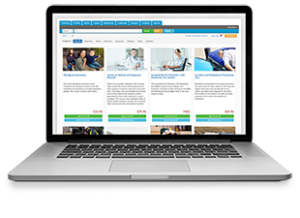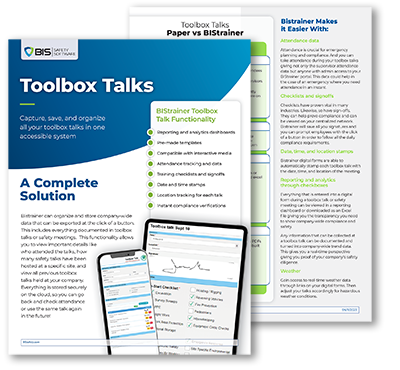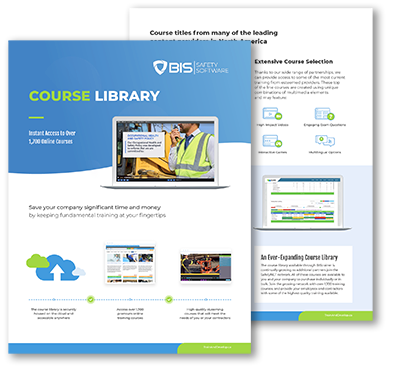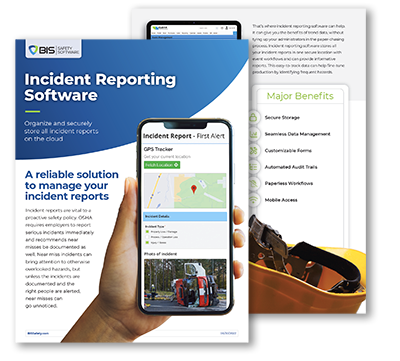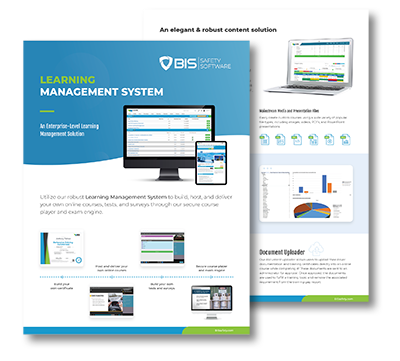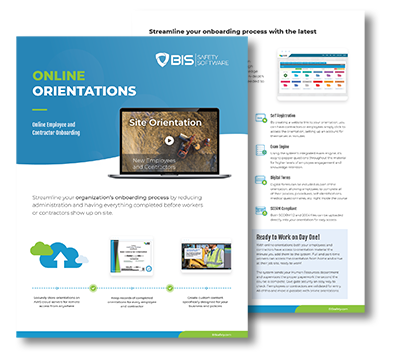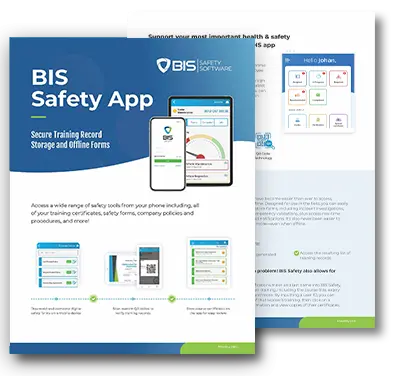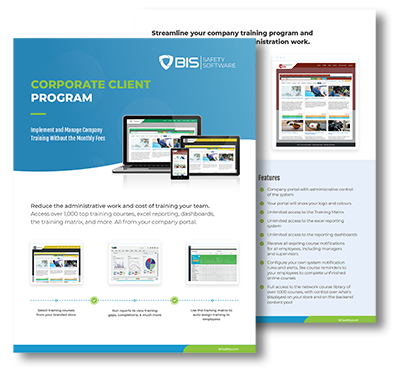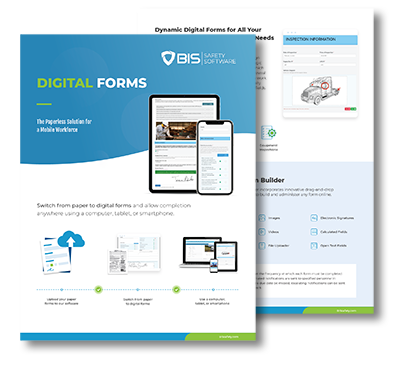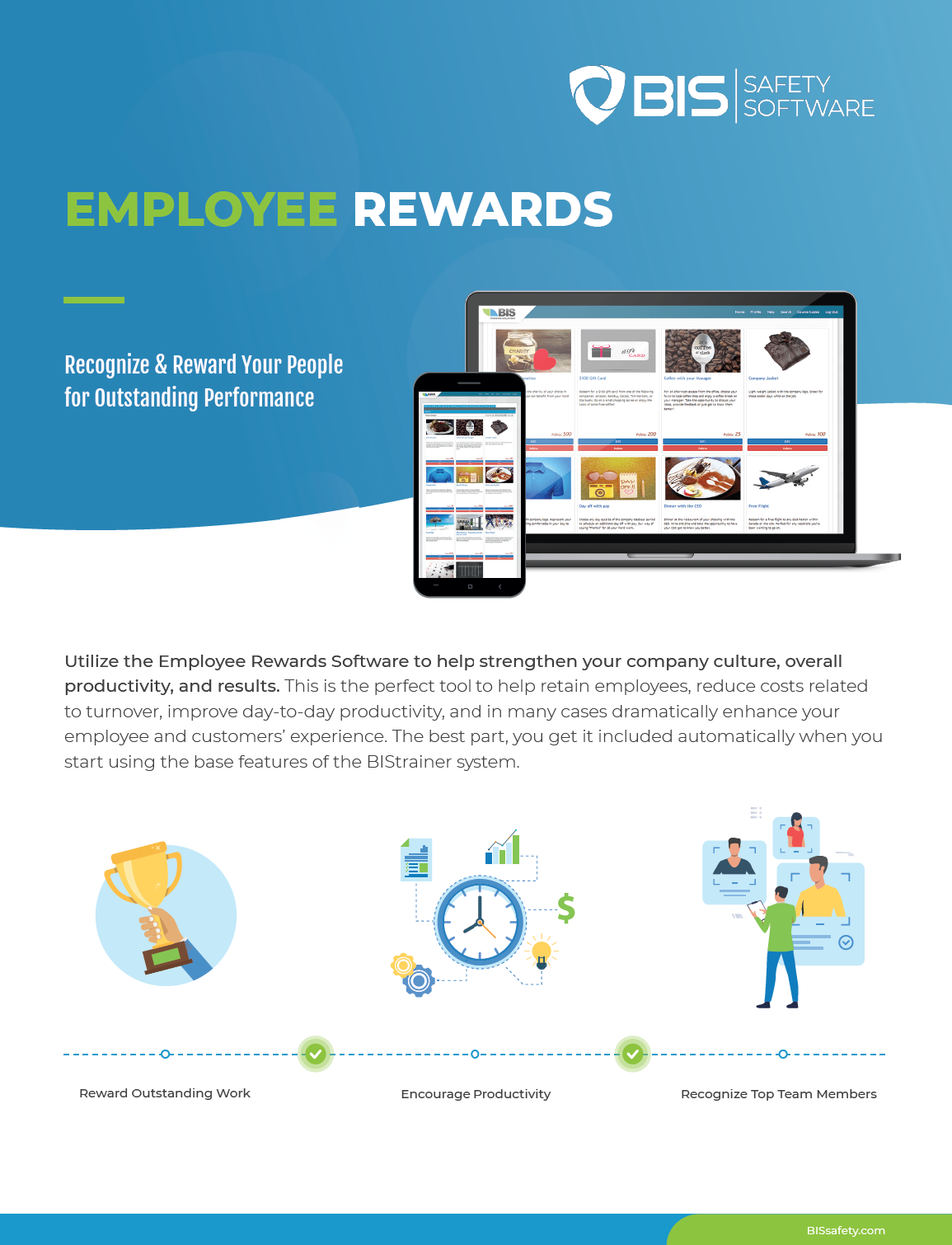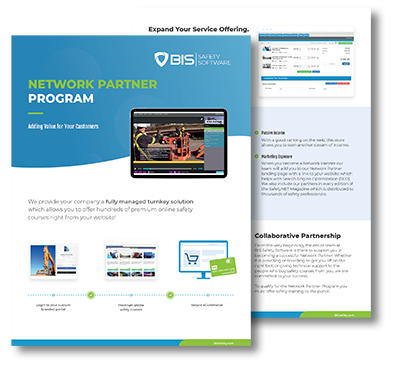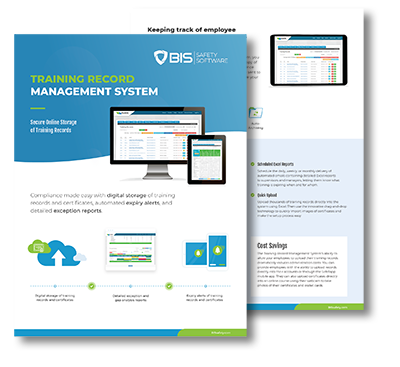Optimizing EHS Strategies With Advanced Regulatory Compliance Software Solutions
Table Of Contents:
- Understanding EHS and Regulatory Compliance in Today’s Business Environment
- Challenges With Traditional EHS Management Methods
- Advanced Regulatory Compliance Software Solutions Explained
- Advanced Regulatory Compliance Software Solutions Explained
- Integrating Compliance Software Into Your EHS Strategy
- Best Practices for Implementing Compliance Software
- Assessing the Impact of Compliance Software on EHS Outcomes
- Conclusion
Are you struggling to keep up with the complexities of EHS compliance? Many organizations find traditional EHS management methods inadequate for meeting evolving regulations. In this article, I will explore advanced regulatory compliance software solutions that streamline your processes, enhance usability, and improve risk management. We’ll discuss how integrating these compliance management tools into your EHS strategy can lead to better organizational outcomes and improved overall safety. By addressing common pain points, this content will help you optimize your EHS efforts, ensuring you remain compliant while effectively managing risks.
Understanding EHS and Regulatory Compliance in Today’s Business Environment

The evolving landscape of environmental regulations demands businesses prioritize effective EHS management. Non-compliance can lead to severe penalties, impacting governance and operational efficiency. By implementing advanced regulatory compliance software solutions, organizations can create a single source of truth, ensuring adherence to standards such as the International Organization for Standardization and the Health Insurance Portability and Accountability Act, while reaping the advantages of streamlined processes.
The Changing Landscape of Environmental Regulations
The changing landscape of environmental regulations demands that businesses remain vigilant in managing risk. I have observed how evolving policies often require organizations to adapt their products and practices to meet new standards. By embracing innovation in regulatory compliance software, companies can create a clear path toward effective EHS strategies, ensuring they not only comply but thrive in a competitive market.
Consequences of Non-Compliance for Businesses
Non-compliance with environmental, health, and safety (EHS) regulations can lead to severe repercussions for businesses. From hefty fines to reputational damage, the consequences can hinder operational efficiency and long-term viability. In my experience, organizations that fail to implement effective EHS management software often struggle with workflow inefficiencies and the inability to document compliance with regulatory change management software, making them vulnerable to audits and legal challenges.
- Severe financial penalties can impact the bottom line.
- Loss of market reputation can deter potential customers.
- Operational disruptions can arise from legal proceedings.
- Increased scrutiny from regulatory authorities can complicate future initiatives.
Advantages of Effective EHS Management
Effective EHS management is crucial for minimizing operational risk and ensuring compliance with industry regulations. From my experience, the right EHS software solutions can streamline processes related to risk assessments and compliance reporting, ultimately leading to better accountability and transparency within an organization. Furthermore, by integrating these solutions with accounting systems, companies can gain insights that support informed decision-making, allowing them to manage their compliance obligations more efficiently and position themselves favorably in markets that require export documentation and adherence to international standards.
Challenges With Traditional EHS Management Methods

The limitations of manual processes in occupational safety and health management often hinder effective EHS strategies. I have seen firsthand how data fragmentation and a lack of integration complicate compliance, making it challenging to track regulatory updates. These issues can obstruct our ability to maintain safety and supply chain sustainability, underscoring the need for advanced management software solutions.
Limitations of Manual Processes
Relying on manual processes for environmental, health, and safety (EHS) management introduces significant limitations that can hinder an organization‘s ability to achieve product stewardship and maintain regulatory compliance. I’ve witnessed how the lack of transparency and accessibility in data management makes it difficult for teams to access critical information promptly, leading to ineffective training programs and uninformed decision-making. Moreover, manual methods often fall short in leveraging analytics, resulting in lost opportunities to identify trends, assess risks, and optimize strategies that enhance compliance with evolving regulations.
Data Fragmentation and Lack of Integration
In my experience, data fragmentation significantly undermines the effectiveness of EHS strategies, especially in achieving sustainability and compliance in international trade. When information is scattered across various systems, it becomes challenging to have the visibility required for accurate risk assessment and to ensure all regulatory requirements are met promptly. Automation can play a vital role in integrating disparate data sources, allowing organizations to maintain comprehensive oversight and respond swiftly to regulatory changes, ultimately enhancing both operational efficiency and compliance.
Difficulty in Tracking Regulatory Updates
Tracking regulatory updates is a significant challenge when relying on traditional EHS management methods. In my experience, organizations often struggle to gather information from multiple sources, making it difficult to maintain an accurate overview of compliance across the entire product lifecycle. An efficient compliance management solution helps streamline this process by providing a unified interface that integrates all relevant data, enabling teams to promptly adjust their strategies and maintain compliance throughout the supply chain.
- Challenges with data gathering from various sources hinder regulatory updates.
- Difficulty maintaining an accurate overview of compliance in the product lifecycle.
- An efficient compliance management solution can streamline tracking efforts.
- Unified interface integration improves visibility and response to regulatory changes.
Advanced Regulatory Compliance Software Solutions Explained
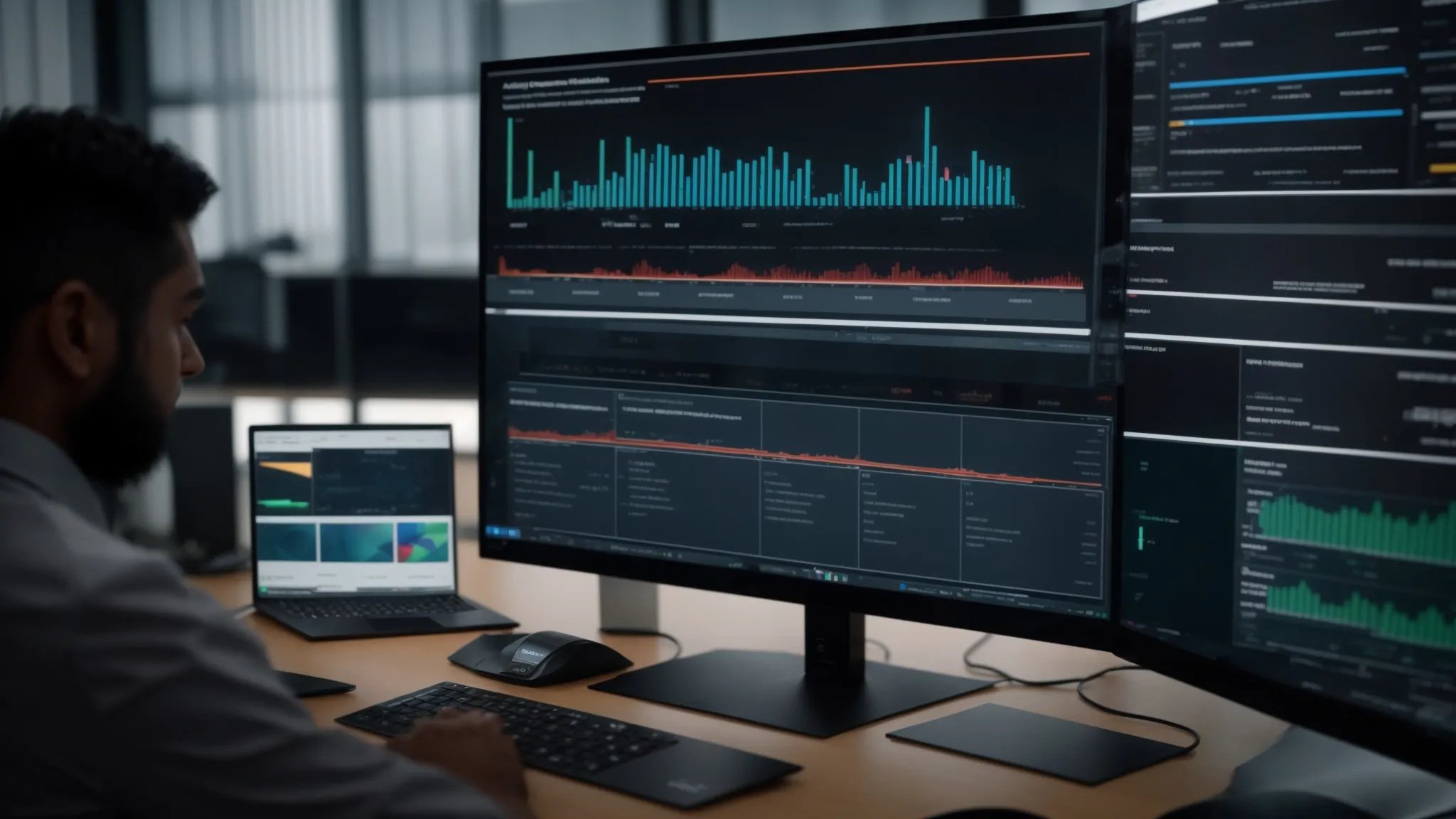
Advanced Regulatory Compliance Software Solutions Explained
Regulatory compliance software is designed to help businesses manage their obligations under various laws, particularly in sectors like manufacturing where hazards can be prevalent. Essential features of advanced compliance tools include audit capabilities and resource management to streamline processes. I will discuss how these technologies overcome traditional challenges, ensuring organizations remain compliant and effective in their safety strategies.
Defining Regulatory Compliance Software
Regulatory compliance software is an essential tool designed to assist organizations in navigating the complexities of various regulations affecting their operations. This software provides a centralized platform to manage compliance activities, ensuring that companies adhere to all relevant laws and regulations while also improving customer service through efficient workflows. By integrating enterprise risk management principles, regulatory compliance software helps organizations proactively identify risks associated with non-compliance, thereby streamlining processes that could otherwise lead to substantial penalties or operational disruptions.
- Understanding the role of regulatory compliance software in effective management.
- Enhancing customer service through streamlined compliance processes.
- Integrating enterprise risk management for proactive compliance solutions.
- Ensuring adherence to relevant regulations to minimize operational disruptions.
Essential Features of Advanced Compliance Tools
Advanced compliance tools include essential features designed to enhance regulatory compliance management effectively. From my experience, a robust compliance software system integrates intelligence-driven analytics that empowers organizations to anticipate regulatory changes and address stakeholder concerns. This capability not only streamlines processes but also promotes transparency, enabling businesses to respond quickly to compliance requirements and maintain operational integrity.
Overcoming Traditional Challenges With Technology
Overcoming traditional challenges in EHS management requires leveraging advanced technology that streamlines compliance processes. From my experience, using regulatory compliance software allows organizations to automate data collection and reporting, reducing the risk of human error and improving response times to regulatory changes. This shift not only enhances visibility into compliance efforts but also allows teams to focus on strategic safety initiatives rather than getting bogged down by manual processes, ultimately optimizing EHS strategies for long-term success.
Integrating Compliance Software Into Your EHS Strategy

Integrating compliance software into your EHS strategy significantly enhances reporting and documentation processes, ensuring accuracy and efficiency. I’ll explore how this technology improves risk assessment and monitoring, allowing for timely responses to potential hazards. Additionally, I will discuss how it facilitates training and communication, fostering a culture of safety and compliance throughout the organization.
Improving Reporting and Documentation Processes
Improving reporting and documentation processes through advanced compliance software has been a game changer in my experience. By automating data entry and report generation, we significantly reduce errors and save time, allowing teams to focus on critical EHS initiatives instead of paperwork. This efficiency not only ensures that we meet regulatory requirements but also enhances our ability to analyze trends and respond proactively to safety concerns, ultimately supporting a stronger safety culture within the organization.
Enhancing Risk Assessment and Monitoring
In my experience, integrating compliance software into your EHS strategy significantly enhances risk assessment and monitoring capabilities. By leveraging real-time data analytics, organizations can identify potential hazards more swiftly and accurately, allowing for proactive measures to mitigate risks. This not only improves safety outcomes but also ensures regulatory compliance, ultimately fostering a culture of continuous improvement in workplace safety.
Facilitating Training and Communication
Facilitating training and communication through advanced compliance software has transformed how I approach Environmental, Health, and Safety (EHS) initiatives. By utilizing integrated platforms, I can deliver targeted training modules tailored to specific regulatory requirements, ensuring that employees are well-informed and equipped to handle compliance challenges. This clarity in communication fosters a culture of safety, enhancing overall compliance while minimizing risks associated with misunderstood regulations.
Best Practices for Implementing Compliance Software

To effectively optimize EHS strategies with advanced regulatory compliance software solutions, I focus on evaluating organizational requirements to identify specific needs. Selecting suitable software involves understanding functionality and integration capabilities. Developing strategies for successful adoption ensures a seamless transition, while ongoing support and maintenance are critical for sustaining compliance efforts. Each of these elements plays a vital role in achieving comprehensive EHS management.
Evaluating Organizational Requirements
Evaluating organizational requirements is a critical first step in optimizing EHS strategies with advanced regulatory compliance software solutions. In my experience, understanding the specific needs of the organization, such as the size of the operation, industry regulations, and existing processes, can help identify the most suitable software features. By involving key stakeholders in this evaluation, I have found that organizations can ensure they choose a solution that aligns with their unique compliance challenges and promotes effective risk management.
Selecting Suitable Software Solutions
Selecting suitable software solutions for EHS compliance requires a thorough understanding of your organization‘s specific requirements and regulatory challenges. I recommend engaging with key stakeholders to gather insights about existing processes and pain points, ensuring the chosen compliance software aligns with your operational needs. By prioritizing user-friendly features and integration capabilities, you can enhance overall efficiency and promote a seamless transition that empowers your team to effectively manage compliance in today’s dynamic regulatory environment.
Strategies for Successful Adoption
To ensure the successful adoption of advanced regulatory compliance software, I emphasize the importance of comprehensive training and stakeholder engagement. One key strategy involves hosting interactive training sessions that not only demonstrate software features but also allow users to ask questions and share their experiences. This engaged approach helps the team feel more comfortable with the new system, ultimately leading to a smoother transition and increased compliance efficiency.
Ongoing Support and Maintenance
Ongoing support and maintenance are critical components for the success of any EHS compliance software implementation. In my experience, a dedicated support team not only helps to resolve technical issues but also ensures that the software continues to adapt to changing regulations and organizational needs. Establishing a clear maintenance schedule and regular check-ins with providers can significantly enhance the effectiveness of the software, allowing teams to focus on their compliance objectives rather than technical hurdles:
- Ensure access to a responsive support team for assistance.
- Establish a regular maintenance schedule to address updates and improvements.
- Conduct periodic training refreshers to keep users informed and confident.
- Utilize feedback to enhance software functionality and user experience.
Assessing the Impact of Compliance Software on EHS Outcomes

To assess the impact of compliance software on EHS outcomes, I focus on monitoring key performance metrics that reflect our safety and compliance efforts. Through case studies of successful implementations, I will illustrate how organizations have improved their EHS strategies. I’ll also discuss the importance of promoting continuous improvement in EHS programs to ensure ongoing compliance and operational excellence.
Monitoring Key Performance Metrics
Monitoring key performance metrics is essential for assessing the impact of compliance software on our Environmental, Health, and Safety (EHS) outcomes. In my experience, tracking metrics such as incident rates, compliance audit scores, and training completion rates provides significant insights into our overall safety culture and regulatory adherence. By regularly reviewing these metrics, I can identify areas for improvement, validate the effectiveness of compliance initiatives, and ensure our EHS strategies are aligned with regulatory requirements.
Case Studies of Successful Implementations
In my work, I have observed several organizations successfully implement advanced regulatory compliance software, leading to significant improvements in their Environmental, Health, and Safety (EHS) outcomes. For instance, a manufacturing company that adopted an all-in-one compliance solution reported a 30% reduction in incident rates within the first year. By streamlining their reporting processes and improving data accessibility, they could identify and mitigate risks more swiftly, ultimately fostering a safer work environment while ensuring compliance with evolving regulations.
Promoting Continuous Improvement in EHS Programs
Promoting continuous improvement in EHS programs is essential for maintaining effective compliance and enhancing workplace safety. I consistently emphasize the importance of regularly reviewing EHS data, analyzing performance metrics, and identifying areas for enhancement. By leveraging advanced regulatory compliance software, organizations can automate feedback loops and facilitate the ongoing evaluation of safety protocols, enabling them to adapt quickly to regulatory changes and align practices with industry best standards.
Conclusion
Optimizing EHS strategies with advanced regulatory compliance software solutions is crucial for businesses seeking to enhance safety and adhere to ever-evolving regulations. By automating compliance processes, organizations can minimize risks, improve operational efficiency, and foster a culture of safety. Investing in the right software empowers teams to proactively manage compliance while facilitating real-time data access and transparency. Ultimately, leveraging these technologies not only protects your organization from penalties but also positions it for sustained success in a competitive landscape.










